Correction of extended nails: features and rules for the procedure
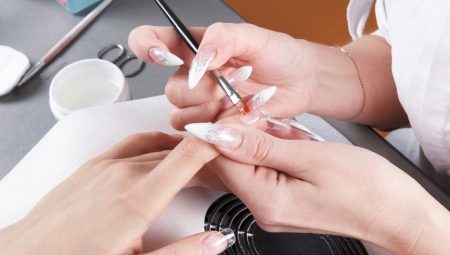
In the stream of daily affairs, work, household chores, women want to remain attractive and well-groomed. The truth has long been known that a woman's hands are her calling card.
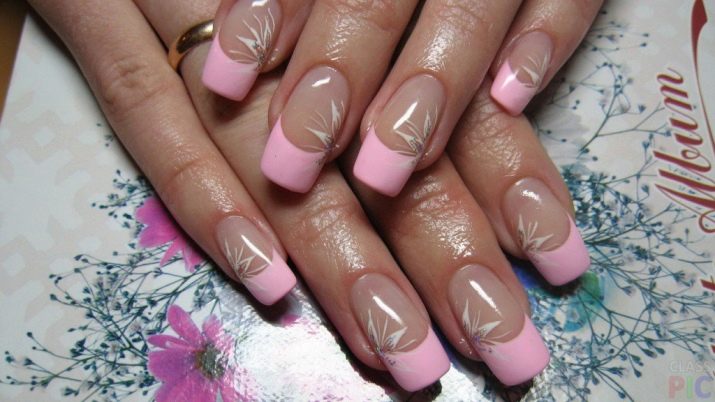
The beauty industry keeps up with the times, constantly evolving. This trend was not spared by the nail service.
Almost every second representative of the fair sex in hand care procedures resorts to nail extension. This allows her not to worry about the attractiveness of the manicure for a long time, which significantly saves time. In addition, the extension procedure helps to correct the not always attractive shape of the nail plate.
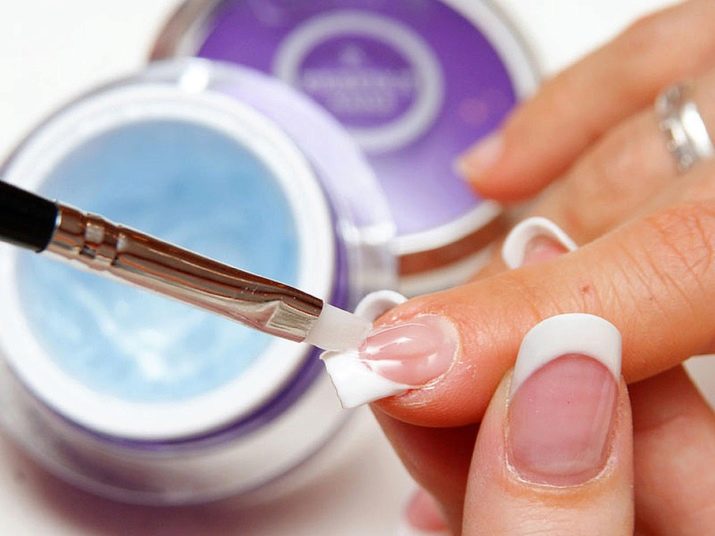
Extended nails require systematic care and correction, which consists in complete or partial removal and replacement of previously applied artificial material, changing the shape of the nail plate and design.

Features of the procedure
Correction of extended nails takes place in several stages, if we are not talking about partial repair of cracks or scratches, and depends on the degree of wear and tear of the artificial material. The correction procedure includes not only updating the appearance and shape of the nails, but also general hand care.
Correction sequence.
- Before starting the procedure, hands are thoroughly washed and treated with an antiseptic.
- The previously applied artificial turf can be removed with a file or a router. The cutting depth depends on the type of correction.
- The length of the nail is reduced, and, if desired, its shape.
- The cuticle and lateral ridges are processed using an apparatus or a combined method (using tweezers and scissors to remove the cuticle).
- The pterygium is removed to avoid further detachment of the artificial material.
- The nails are degreased with a primer.
- A base coat is applied, the surface of the nail plate is leveled and the material is dried (polymerized) in a lamp.
- A new design is created and covered with a finishing layer, which must be dried in a lamp for 3 minutes.
- At the end of the procedure, the cuticles of the fingers are treated with a moisturizing oil.
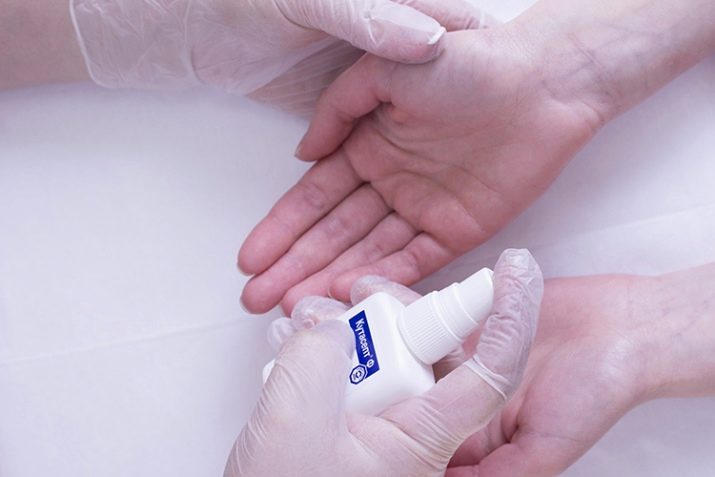
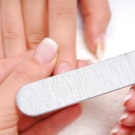

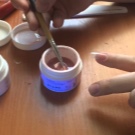
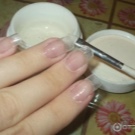
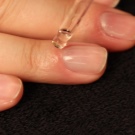
When to do it?
When wearing artificial nails, the living nail continues to grow and the border with the imposed polymer material becomes more and more obvious. Correction of extended nails should be carried out every 2-3 weeks. The duration of wearing depends on the natural characteristics of the growth of the nail plate, the accuracy of wearing the artificial material.
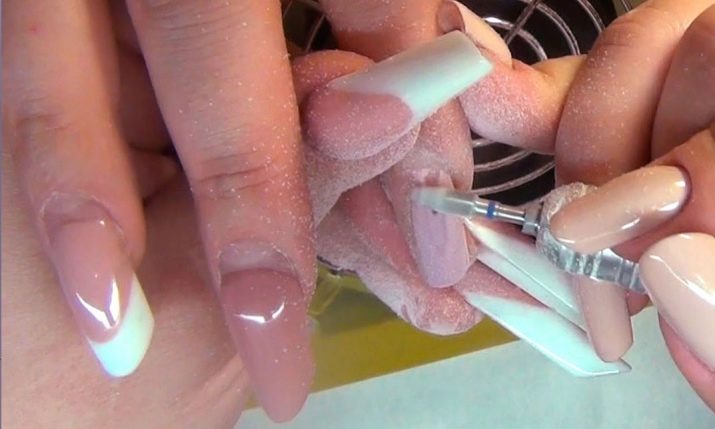
Any mechanical damage may occur, peeling of extended nails, and with prolonged wear, they are deformed and grinded along the free edge of the nail plate.
Peeling of the material usually occurs at the side rolls. There can be many reasons for this, but most often these are: improperly selected artificial material, poorly processed nail surface before applying the base coat, daily mechanical stress on the nail plate.
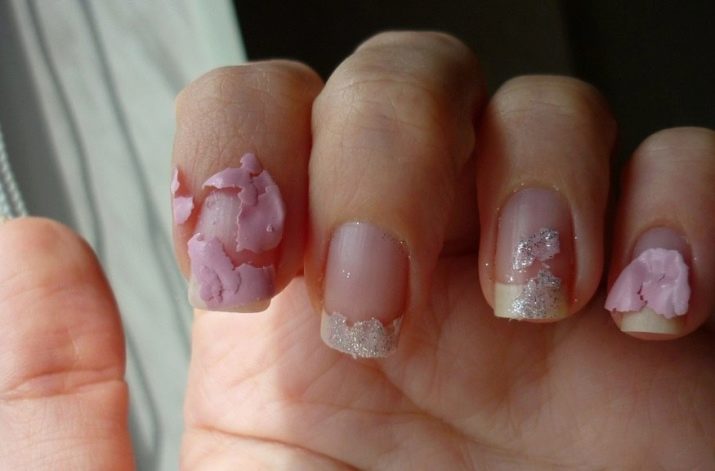
Types of correction
There are several types of nail extensions. Small, medium and large corrections are distinguished from the amount of work that has to be done in the implementation of the correction.
- Minor correction is carried out with minor injuries, material chips, detachments, with a slight regrowth of a living nail.
- Average correction is carried out when the nail grows back by 3-5 mm. In this case, partial removal (sawing) of the artificial material is performed with the correction of the shape of the nail and the elimination of damage.
- The major correction includes the complete removal of the artificial material, the treatment of the nails and the application of a new artificial material with the construction of a new plate shape. With this type of correction, nail art and the shape of the nail change.
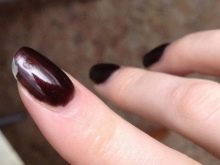
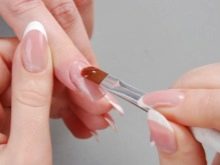
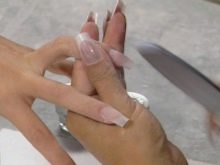
How to correct a manicure at home?
Extension correction is a rather tedious process and will require time, special tools, materials and skills.
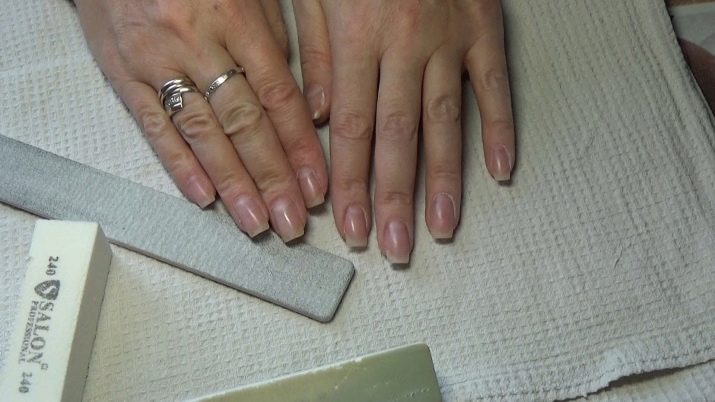
But even a non-professional can do it. The main thing is to follow the steps of correction step by step and be as careful as possible. Then the result will definitely please.
To carry out the correction you will need:
- antiseptic;
- nail files;
- milling cutter;
- primer;
- basic coverage;
- color gel;
- topcoat;
- manicure tools;
- UV lamp;
- moisturizing oil.
There are peculiarities of correction depending on the polymer with which the extension was made.
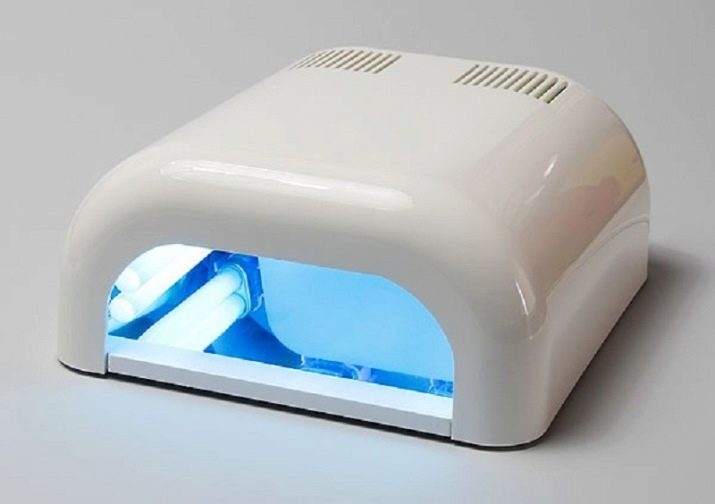
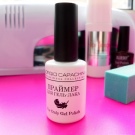
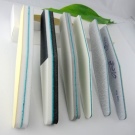
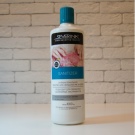
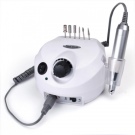
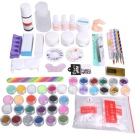
Gel
- Correction of nails extended with gel begins, as in extension, with disinfection of hands and nail plates.
- Further, with a nail file or a router, correctly and accurately, without damaging the cuticle, remove about half of the previously placed artificial material; the cuticle can be pushed back with a stick or you can make your own manicure by removing the excess skin.
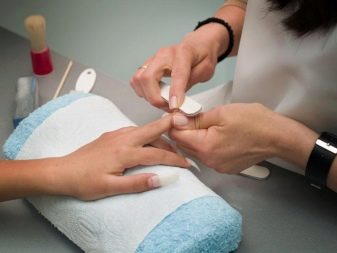
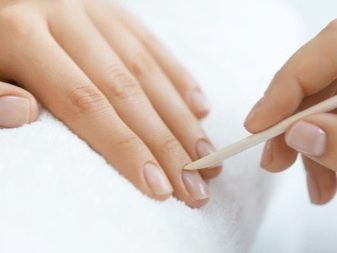
- The grown living marigold must also be carefully filed, removing the glossy layer, so that in the future the built-up material can be tightly fixed.
- After the cut, the nails are treated with a pusher and degreased with a primer.
- Further, artificial material is applied by stretching the drop over the entire surface of the nail and dried in an ultraviolet lamp. It is important to paint over all the voids on the nail plate and give the correct shape to the built-up material, so that in the future the marigolds look aesthetically pleasing.
- After applying the gel, it is possible to accurately correct imperfections with a file and hide unwanted smudges.
- The design of the manicure is updated or completely changed, a final layer of gel is applied and polymerized in an ultraviolet lamp.
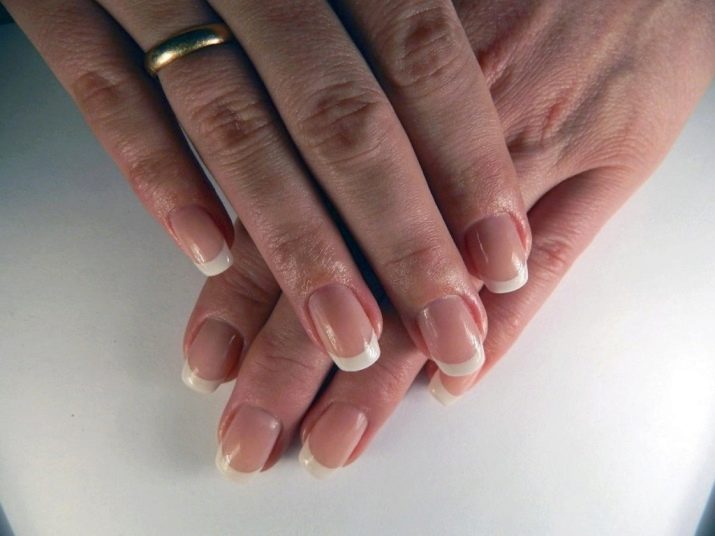
Acrylic
Correction of artificial marigolds created with acrylic has its own distinctive features. With such a correction, a lamp is no longer needed to polymerize the material, and the work on building up and correcting is carried out with acrylic powder.
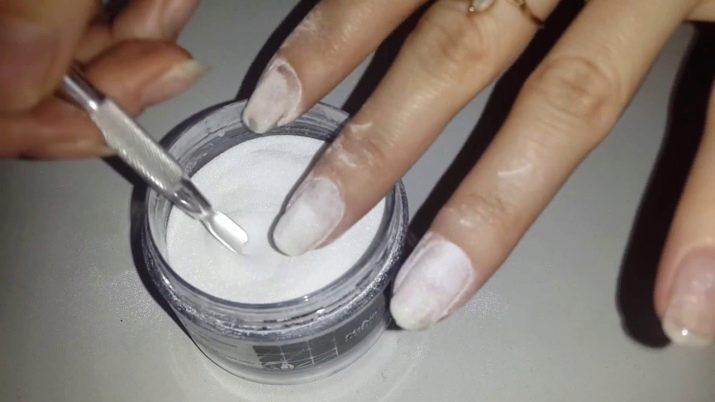
Otherwise, the stages of correction are identical:
- hands are disinfected;
- the previously imposed material is cut off;
- the surface of the nail plate is degreased and acrylic is laid out with a brush made of natural bristles;
- the formed marigold should dry out within 4 minutes;
- the surface of the nail is processed with a file and sanded;
- to obtain a glossy finish, the surface is covered with a topcoat.

Shellac
Shellac has gained immense popularity in the beauty industry for several years. It preserves the natural appearance of the nail plate and creates a long-lasting coating. When using shellac, the extension and lengthening of the nail plate does not occur, it only strengthens the nails and gives them a beautiful and well-groomed appearance.
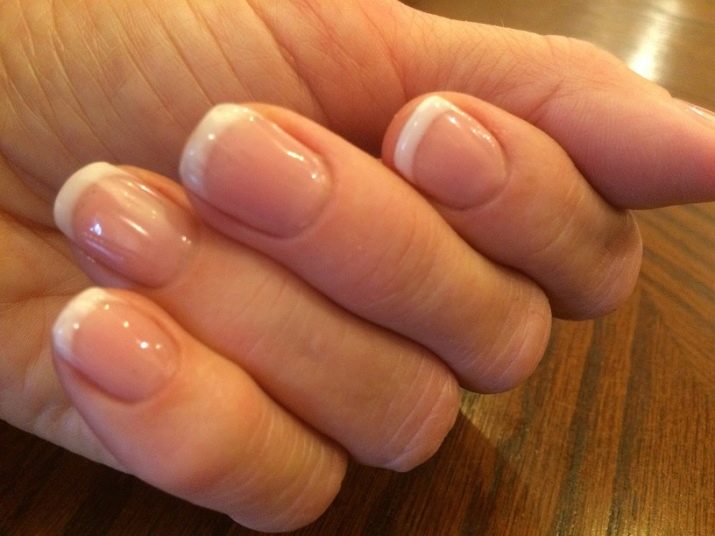
Nevertheless, it is also possible to update a manicure previously done with this material at home. To do this, you will need a special shellac remover, primer, base coat, colored shellac and top (top coat).
- Before the correction, it is necessary to remove the previously laid layer of artificial material. To do this, the glossy layer of the nail is partially filed and a tampon with a shellac remover is applied to the nail plate. After 15 minutes, the varnish can be removed with a wooden stick.
- Further, the residues of the coating are removed with a file, the free edge of the nail is trimmed and a primer is applied.
- The base coat smoothes the nail plate, the composition is dried in an ultraviolet lamp.
- Color gel is applied, design is created.
- The final step is to apply a topcoat.
- The cuticle is moistened with oil.
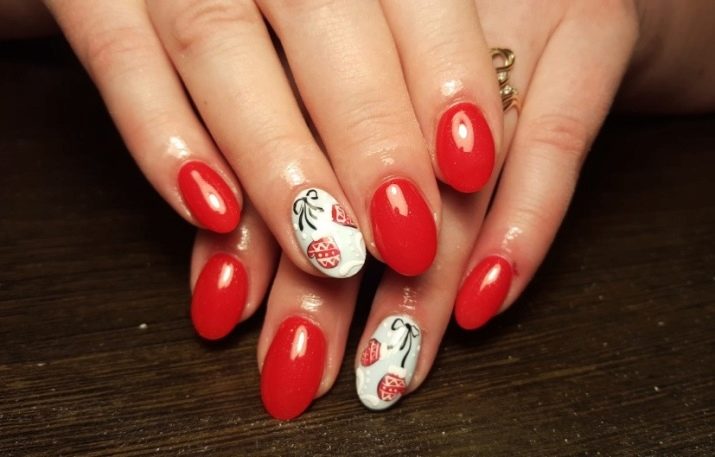
Advice
Before deciding on the procedure for nail extension, you need to understand that after removing the artificial material, the structure of a living nail will change and become softer, brittle, and delamination may appear. Polymers used to form artificial nails can cause allergies.
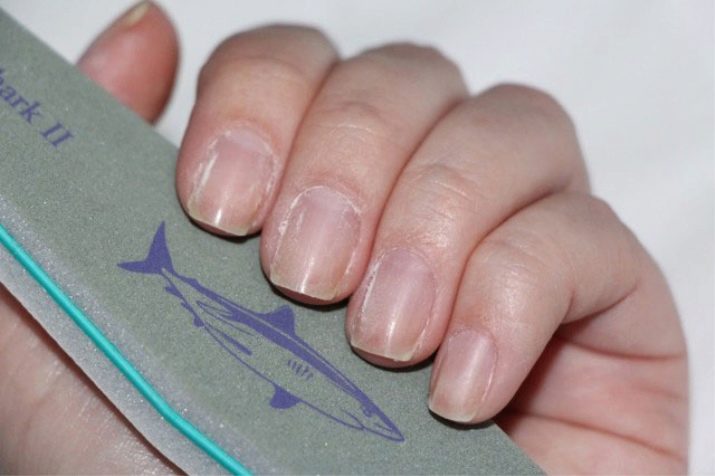
During menstruation, pregnant and lactating women are not advised to build up, as the body can reject the artificial material from the nail plate.
Extended nails, regardless of the material used, require systematic correction in 2-3 weeks. If the correction is not done in a timely manner, mechanical damage to the nail, injuries due to the regrown length of the nail plate are possible.
When carrying out the correction, it is necessary to use personal instruments or those that have undergone sanitation. Before the procedure, it is imperative to disinfect hands.
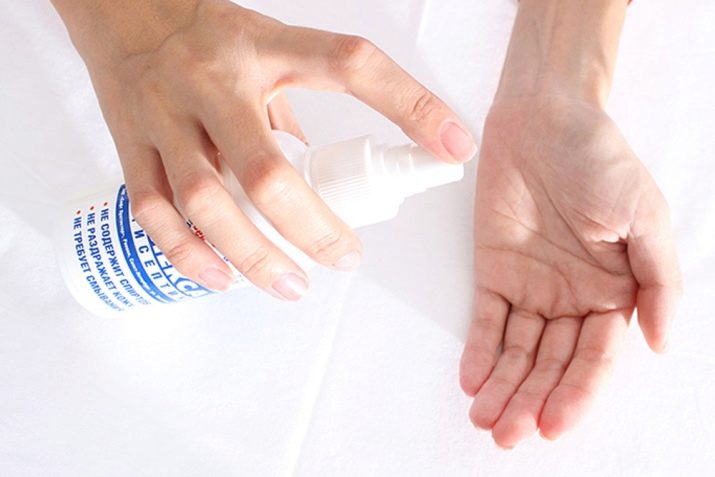
When detachments, voids appear under the artificial material, they must be cut out in order to avoid the ingress of dirt, bacteria and further infection of the nail.
When carrying out the correction, the gel is applied to each nail separately and dried in an ultraviolet lamp.
To keep the quality of the artificial material in its original form, it is necessary to avoid contact of nails with any substances containing caustic chemical solvents.
If you urgently need to reduce the length of the marigold or change the shape, then this should only be done with a file for extended nails.

Do not expose extended nails to blows, mechanical damage, since there is a risk of injury to living nails. It is important to remember that extended nails are not just glued to the nail plate, but, one might say, soldered.
In between corrections, you need to take care of the cuticle, treat it with a moisturizing oil or cream.
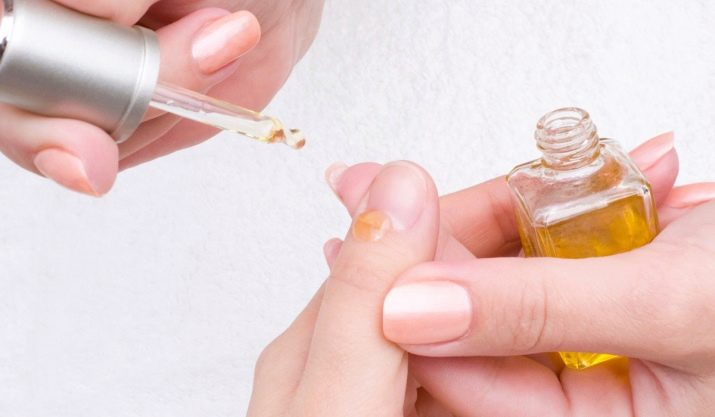
You will learn how to make a nail correction in the following video.








